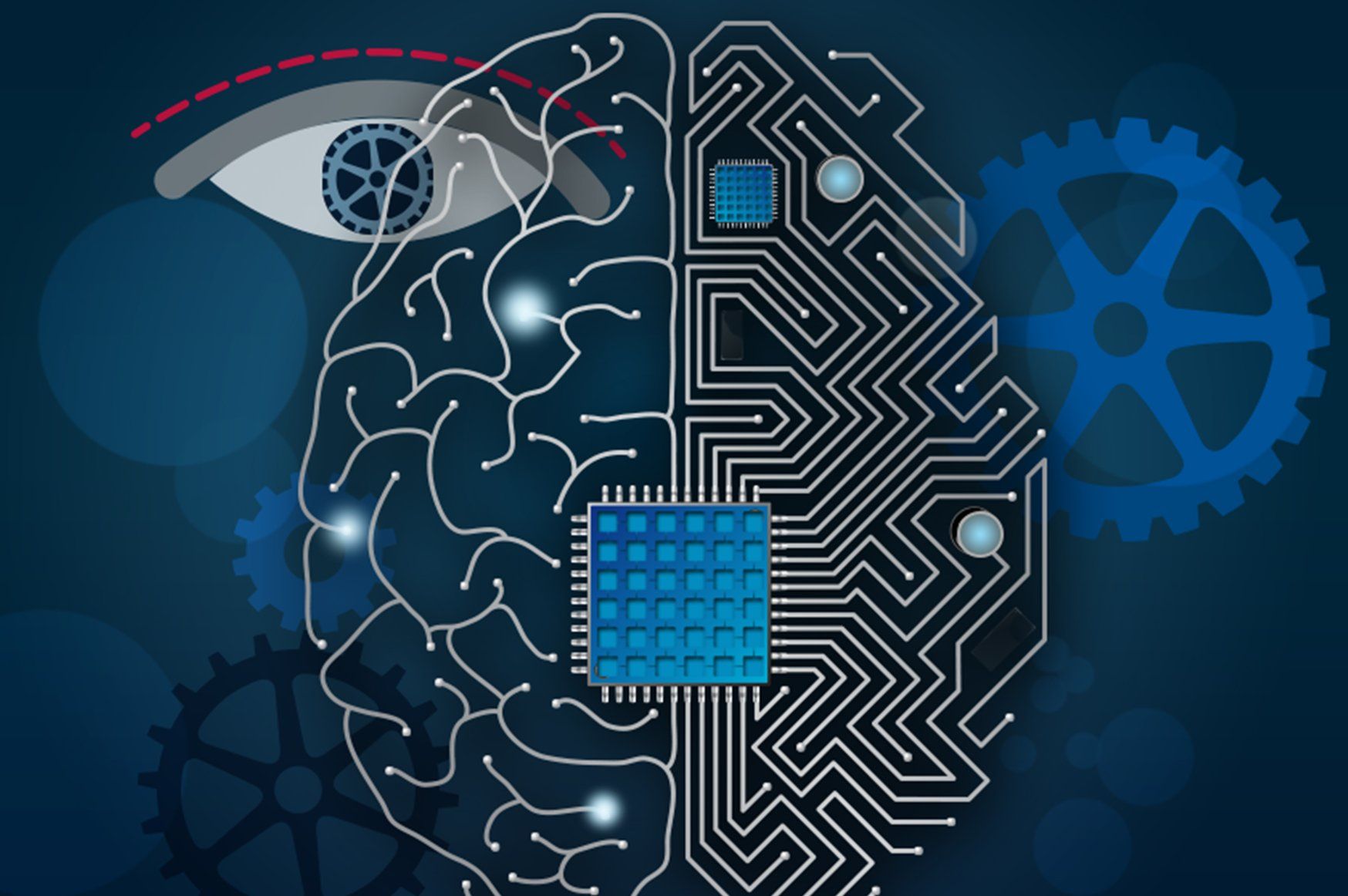Neural networks, the driving force behind artificial intelligence (AI), are complex systems designed to mimic the human brain’s ability to learn and adapt. They consist of multiple layers that work in harmony to process information, make decisions, and solve problems. Understanding these layers is key to appreciating how AI has become so smart.
The neural network structure consists of an input layer, one or more hidden layers, and an output layer. Each layer comprises interconnected nodes or neurons that transmit signals from one layer to another. These signals undergo a transformation at each node based on a set of weights or parameters that adjust as the network learns from experience.
The input layer is where the service for generating content with neural network processing. This could be any form of information – text, images, sound waves – which gets converted into numerical form before being fed into the system. The number of nodes in this layer corresponds with the amount of features or dimensions in the input data.
Once inside the system, data flows through hidden layers where most computations occur. These are called ‘hidden’ because their internal workings aren’t directly observable from outside. Nodes within these layers apply mathematical transformations on inputs received using associated weights and biases learned during training phase.
Each node accumulates weighted inputs and applies an activation function which determines whether it should fire a signal forward or not based on its calculated value. If it does fire a signal forward (activate), this signal becomes an input for nodes in subsequent layers.
Different types of activation functions allow neural networks to model complex non-linear relationships between inputs and outputs which linear models can’t handle effectively—this makes them incredibly versatile tools for machine learning tasks ranging from image recognition to natural language processing.
Finally comes the output layer; here’s where we see results after all computations have been done by preceding layers—it acts as final decision maker determining what action AI should take based on processed information.
It’s important to note that while three-layered architecture is typical, modern neural networks can have many more layers—these are known as deep neural networks. More layers allow the network to learn more complex patterns and make more nuanced decisions. However, they also require more computing power and data to train effectively.
In conclusion, the sophistication of AI is largely due to the intricate workings of these interconnected layers within a neural network. Each layer has a critical role in processing information, learning from it, and making intelligent decisions based on that learning. As technology advances and our understanding of these systems improves, we can expect AI capabilities to continue expanding in exciting new directions.




